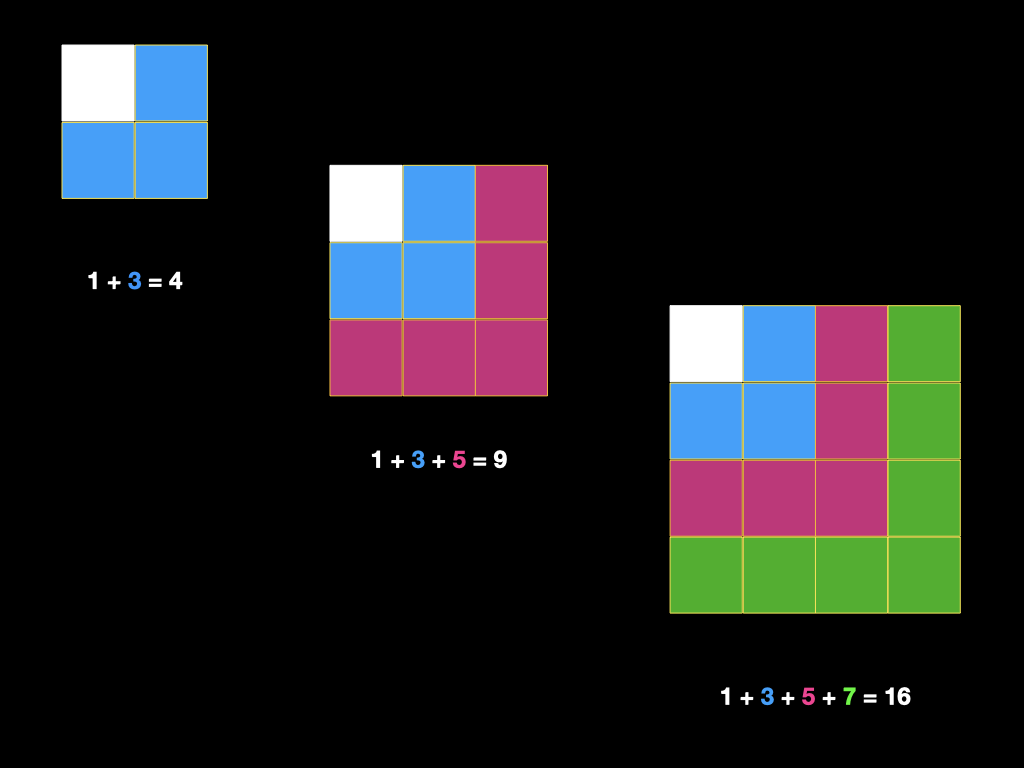We’ve know that the first odd number is 1, followed by 3, 5, and the 100th odd number being 199. Now, here’s an exciting question for you: What is the sum of all the odd numbers from 1 through 199? There are different interesting ways to approach this question. Let’s look at them.
Approach 1 – Magical Rope
I can already see some of you eagerly reaching for our trusty magical rope. So go ahead, bring it on! Visualise the rope with 1 on one end and 199 on the other. As you look along the rope, you see the numbers 3, 5, 7, and so on, adjacent to 1, while on the other side, you have 197, 195, 193, and so forth, just left of 199.
Now, let’s fold the rope together. What do you see? Each number pairs up with its counterpart: 1 with 199, 3 with 197, 5 with 195, and so on. It’s truly amazing! And here’s the magical part—each pair adds up to 200. How cool is that?
But wait, we need to answer another question—how many pairs do we have? Simple mathematics comes to the rescue! Since we have 100 odd numbers, we can divide that by 2 to find the number of pairs. So, we have 50 pairs. And guess what? Each pair adds up to 200. Exciting, right? Therefore, 200 is being added 50 times, giving us a grand total of 10,000. Incredible!
Approach 2 – Square Patterns
Now, let me share with you two more fascinating ways to approach this challenge. Imagine adding the first two odd numbers, 1 and 3, which gives us 4. Adding the first three odd numbers, 1, 3, and 5, results in 9. Keep going! Adding the first four odd numbers, 1, 3, 5, and 7, gives us 16. And when we add the first five odd numbers, 1, 3, 5, 7, and 9, the sum becomes 25.
Do you notice anything intriguing about these numbers, 4, 9, 16, and 25? They are square numbers! Each of them is the product of a number multiplied by itself—a square! For instance, 4 is the square of 2, 9 is the square of 3 (3 x 3), 16 is the square of 4 (4 x 4), and 25 is the square of 5 (5 x 5).

Now, here’s where it gets even more exciting! The sum of the first two odd numbers forms a 2 x 2 square. Adding the first three odd numbers creates a 3 x 3 square. And when we add the first four odd numbers, we have a 4 x 4 square. Can you guess where this is leading? Absolutely! The sum of the first 100 odd numbers would form a square, a whopping 100 x 100 square!
So, my dear friends, the sum of the first 100 odd numbers is none other than the square of 100, which is 10,000! Isn’t that mind-blowing? You can imagine it visually by starting with a 1 x 1 square, then expanding it to a 2 x 2 square by adding 3 more units, a 3 x 3 square by adding 5 more units, and so on. The pattern continues, and the sum of the first 100 odd numbers forms a magnificent 100 x 100 square—a total of 10,000 square units!
Leave a comment